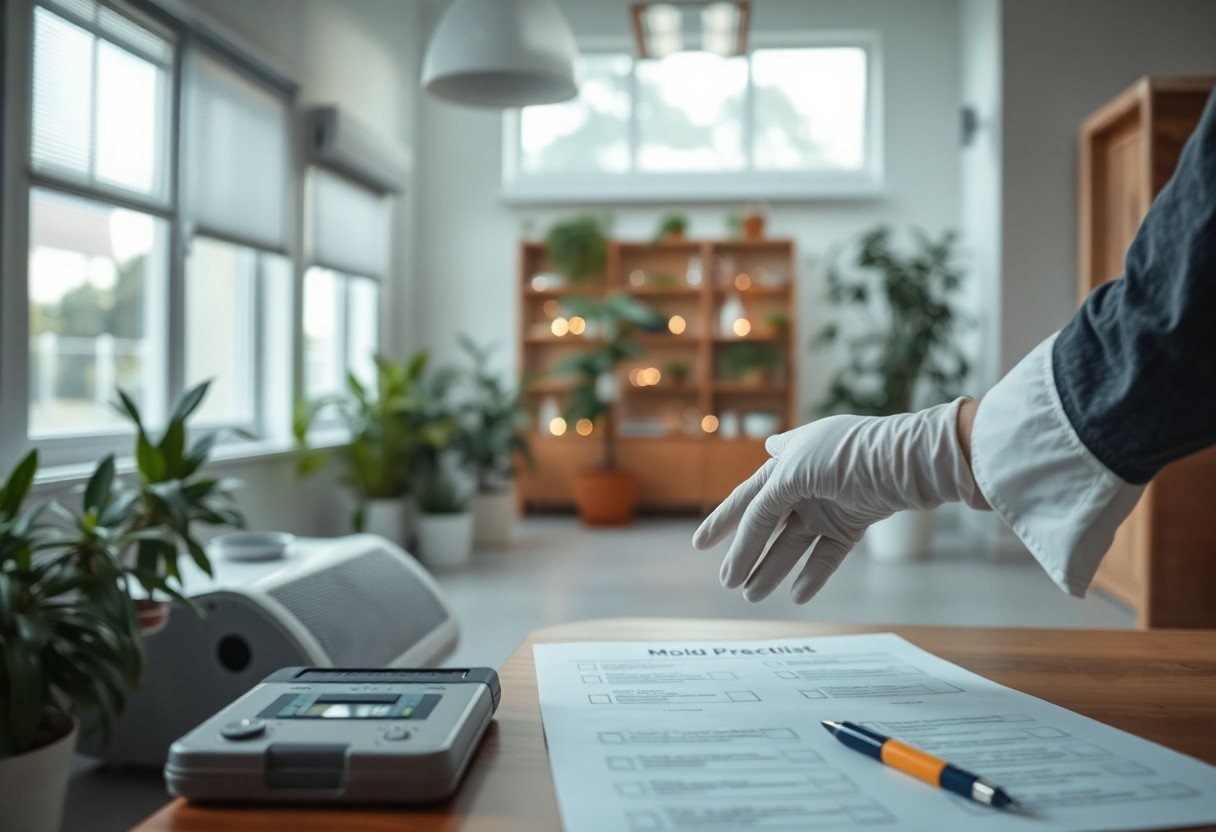Just like you would keep your home clean and free from pests, it’s equally important to maintain a mold-free environment for the sake of your indoor air quality. Mold is not just an unsightly nuisance; it can also have serious implications for your health and well-being. Understanding how to prevent and address mold growth is imperative for you and your loved ones.
Mold is a type of fungus that thrives in damp, humid conditions. It can grow on a variety of surfaces, including walls, ceilings, and even furniture. When spores are released into the air, they can become a significant source of indoor air pollution. You may experience symptoms such as sneezing, runny nose, eye irritation, or skin rashes if you are exposed to mold spores. In some cases, prolonged exposure can lead to more severe respiratory issues or complications, especially if you have pre-existing conditions like asthma or allergies.
Preventing mold starts with moisture control. To create a mold-resistant environment, it’s imperative to keep areas of your home well-ventilated and dry. Make sure that your bathrooms, kitchens, and laundry rooms are equipped with exhaust fans or windows that can be opened to allow humid air to escape. It’s also advisable to fix any leaks in pipes, roofs, or walls promptly to eliminate sources of moisture.
In addition, consider using a dehumidifier in areas prone to humidity. Keeping humidity levels below 60% can significantly inhibit mold growth. You can measure humidity using a hygrometer, a handy tool that helps you monitor the air quality in your home.
Another way to protect your indoor air quality is by regularly cleaning your home. Pay special attention to high-moisture areas where mold is more likely to develop. Use cleaning products that have a mold-inhibiting formula or a simple mixture of water and vinegar. It’s important to dry any wet items, such as towels or shower curtains, quickly after use to avoid mold growth.
If you do discover mold in your home, act quickly. Small patches can often be cleaned with soap and water, or specialized mold cleaners. However, if the mold covers a significant area (more than 10 square feet), it’s best to contact a professional. They have the expertise and proper equipment to handle mold remediation safely.
Education is an important part of mold awareness. Familiarize yourself with the signs of mold growth and stay vigilant about moisture control. Teaching your family about safe practices can further enhance your home’s air quality. Incorporate mold awareness into your home safety talks and and ensure everyone knows how to spot and address mold issues.
By dedicating time and effort to understand mold awareness and implementing preventive measures, you’ll greatly enhance your indoor air quality and promote a healthier living environment for yourself and your loved ones.

Leave a Reply